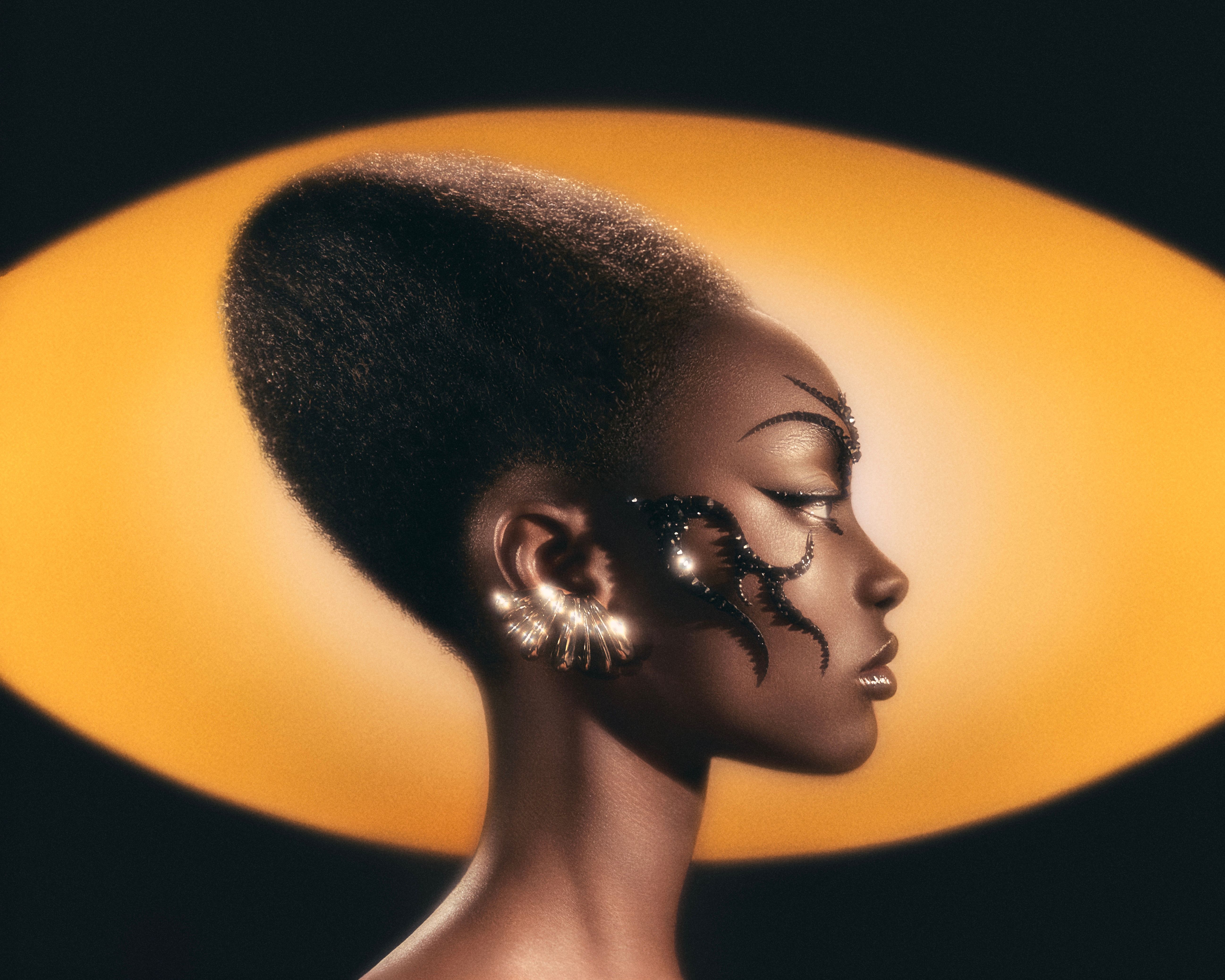Surreal, vibrant, and innovative, Vadym Yatsun's photography transcends conventional boundaries to create a unique visual narrative. His relocation from Ukraine to London catalyzed a transformative period where he embraced the city's dynamic art scene and developed his distinctive style. Utilizing techniques such as manipulating glass and filters, Vadym introduces distortions that add complexity to his images. These layers introduce unexpected shades of color and alter the very geometry of objects, adding new textures, captivating the viewer's eye, and inviting them to explore hidden stories. The exact outcome of these modifications remains a mystery until the moment he captures the photo. His signature feature is working with vivid colors and gradients, resulting in captivating and unpredictable compositions. Vadym's work is a testament to his adaptability and artistic evolution, driven by a relentless pursuit of creative exploration and collaboration.
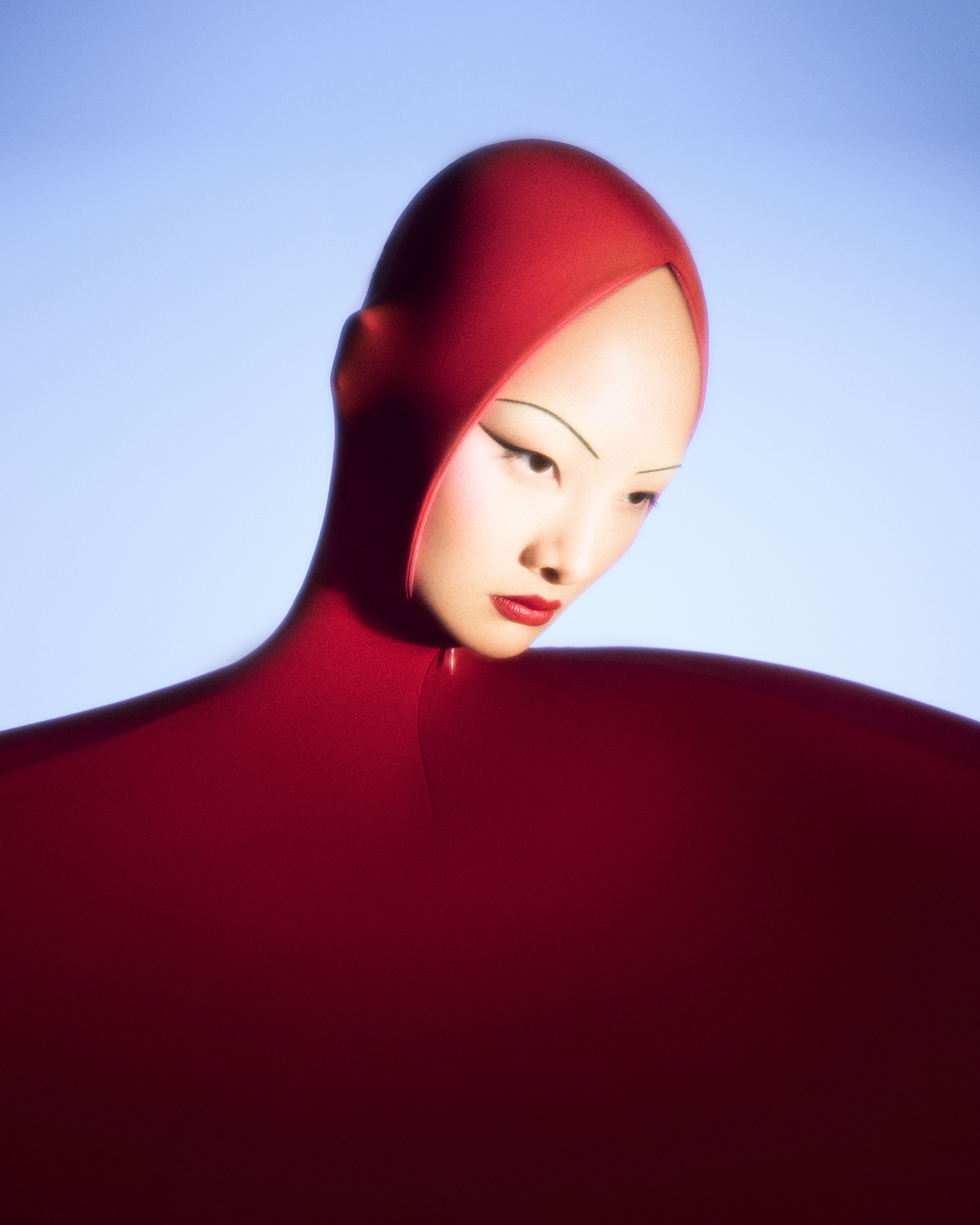
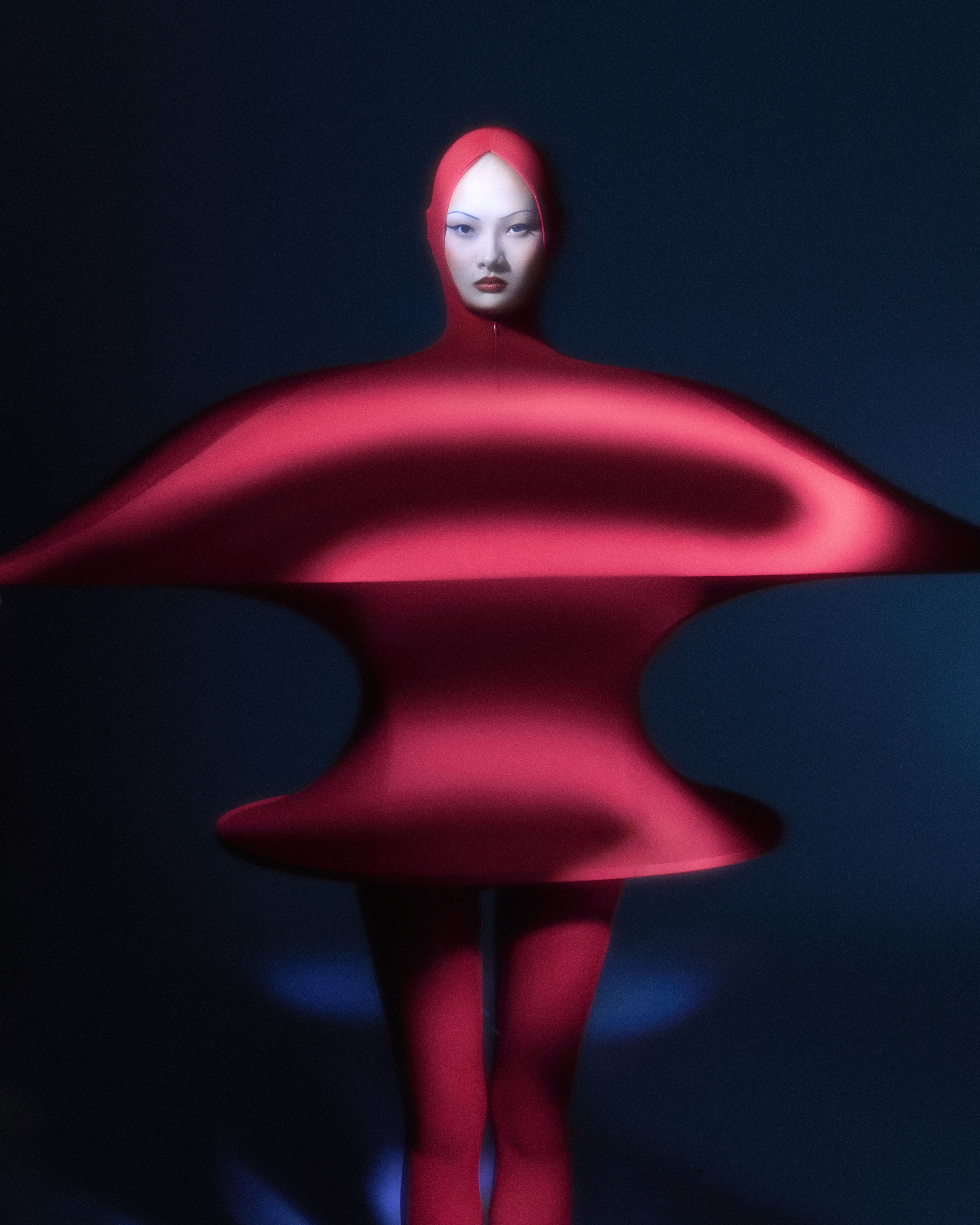
Vadym, thank you for sharing your thoughts as an artist with Shot Magazine. Can you share a pivotal moment in your life that made you realize photography was your chosen medium?
There wasn’t a singular moment that defined my path to photography. I started my journey as a musician, achieving significant milestones, including participating in TV shows while living in Ukraine. I also taught music at a university.Around 12 years ago, with the rise of social media, I found myself needing content for my pages and decided to buy a camera. This marked the beginning of my photographic journey. Gradually, photography captivated my attention, leading me to shift my focus entirely. To my surprise, it turned out to be even more fulfilling and successful than music.
When you approach a new project, what steps do you take from conception to completion? Could you walk us through your creative workflow?
Typically, magazines provide direction for each issue, which helps in selecting the topic. The process begins with creating a mood board. I believe in clarity, so I prepare comprehensive and detailed slides for the stylist, makeup artist, hairstylist, and set designer. Once we have the looks confirmed, I develop a storyboard, focusing on lighting and effects options. I understand that the final shoot may differ from my initial vision, and that’s completely fine. However, meticulous planning at every step is crucial to allow room for improvisation.
Your recent editorial works often feature a surrealistic style and vibrant use of colors. What inspires these choices? Are there particular artists, movements, or personal experiences that influence this aesthetic?
As I’ve mentioned I started my career in music, so I often had a connection to scenography and some theatrical performances. This had a huge impact on my vision as now I approach every set as a mise-en-scène. I would say that bright colors and exaggerated looks are also the influence from that part of my life. I also love challenging myself with different effects and complex techniques, which naturally steered me towards a more surrealistic aesthetic. While there are many photographers I admire, I don't aim to replicate their work, as each artist's style and success are unique. Instead, I draw inspiration from various sources to develop my own style. This is a crucial lesson for beginners: you can't recreate someone else's success, but you can excel in what you love and what you're capable of.
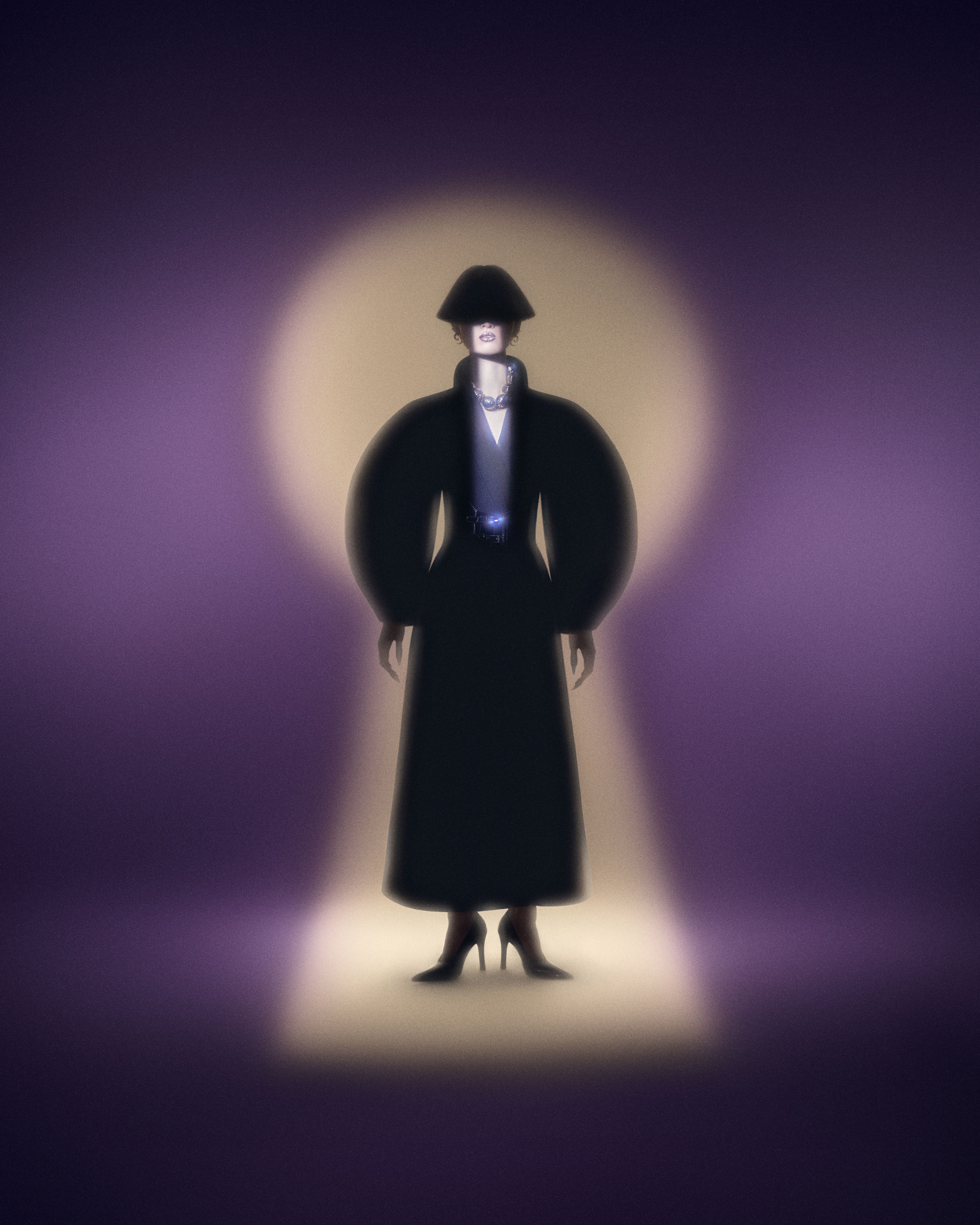
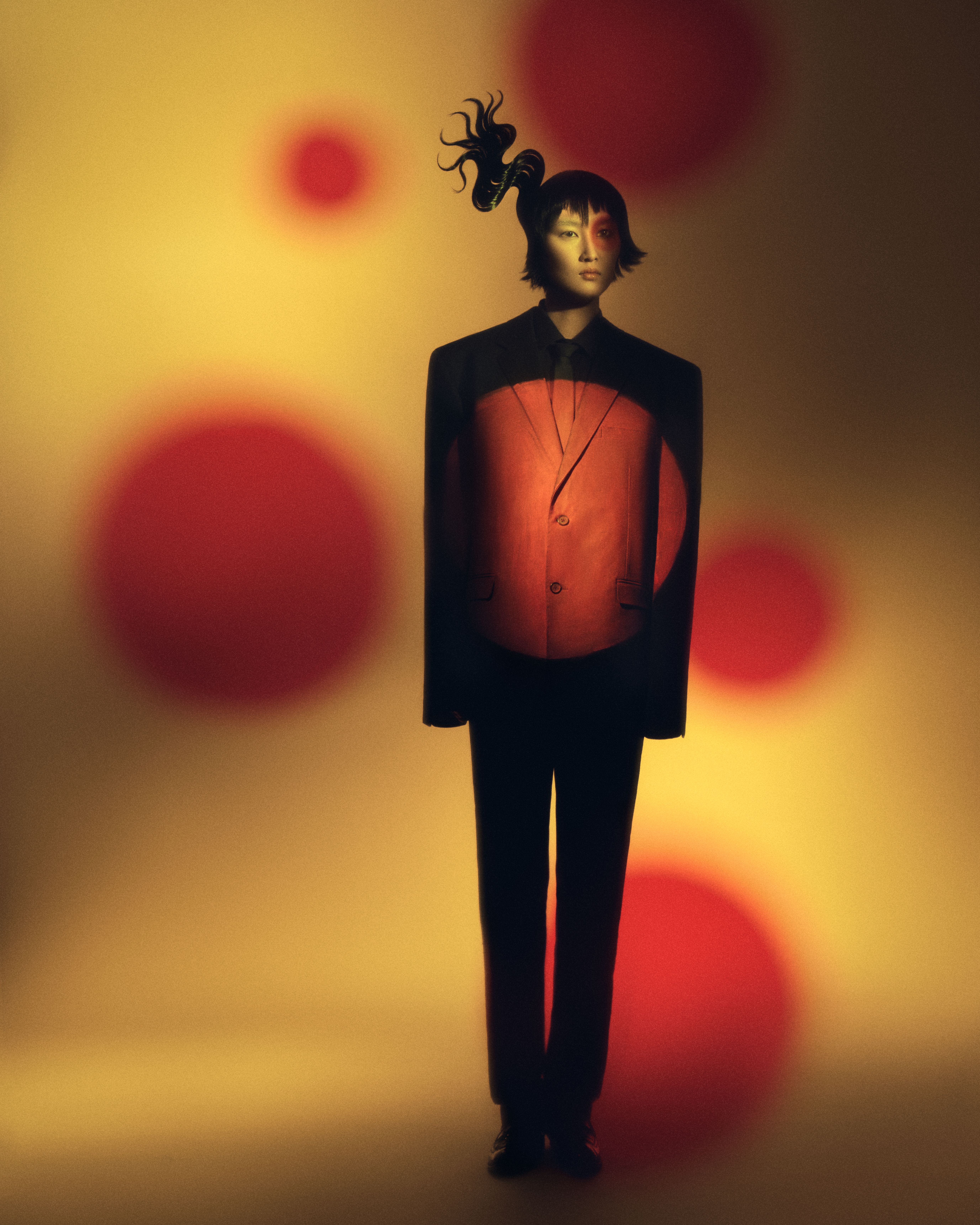
In what ways does the vibrant art scene in London contribute to your work? Do you find inspiration in the city's history, architecture, or its community of artists?
It has changed my style completely! Previously, I worked in a more commercial style where everything was sharp and crisp. As soon as I moved to London, I realized that the creative landscape here operates under entirely different rules. This prompted me to explore and identify what could make me stand out in this dynamic environment. My research led me to the point that every successful artist has a signature style and approach to their projects. I spent several months experimenting to find what truly excites and inspires me. I found myself drawn to vibrant colors, unique shapes, innovative lighting, special effects, exaggerated looks, the softness of film, and retro vibes. Thanks to my skills as a photographer, I was able to quickly integrate these elements into a cohesive style. Additionally, I draw immense inspiration from the talented individuals I collaborate with—makeup artists, hairstylists, stylists, and set designers.
Many of your photographs seem to tell a deeper story or evoke a specific emotion. How do you use visual elements like composition, lighting, and subject placement to convey these narratives or emotions?
I don’t delve deeply into the stories behind the photos; I focus on the visuals. For me, it’s about a trained eye and experience. Consuming a lot of content helps me come up with ideas and work with composition and effects instinctively. In my opinion, having extensive visual experience is more practical than strictly following theoretical rules of composition. However, knowing the basics is essential.
As your work has evolved over the years, have there been any significant shifts in your creative process or thematic focus? Can you identify any moments or projects that marked a turning point in your artistic development?
Moving to London was an eye-opener. It was a stressful experience—relocating to another country because of the war in Ukraine, navigating a new language, and adapting to a different industry. All of this was far out of my comfort zone. However, I’m grateful for it, as I believe that significant development and evolution occur only when you step away from your comfort zone. The first shoot in London for Schone Switzerland was definitely a turning point. It was the first major shoot where I applied all the elements of the style I use now. It was also my first shoot abroad, where I managed to assemble a very strong team and work with luxury brands.
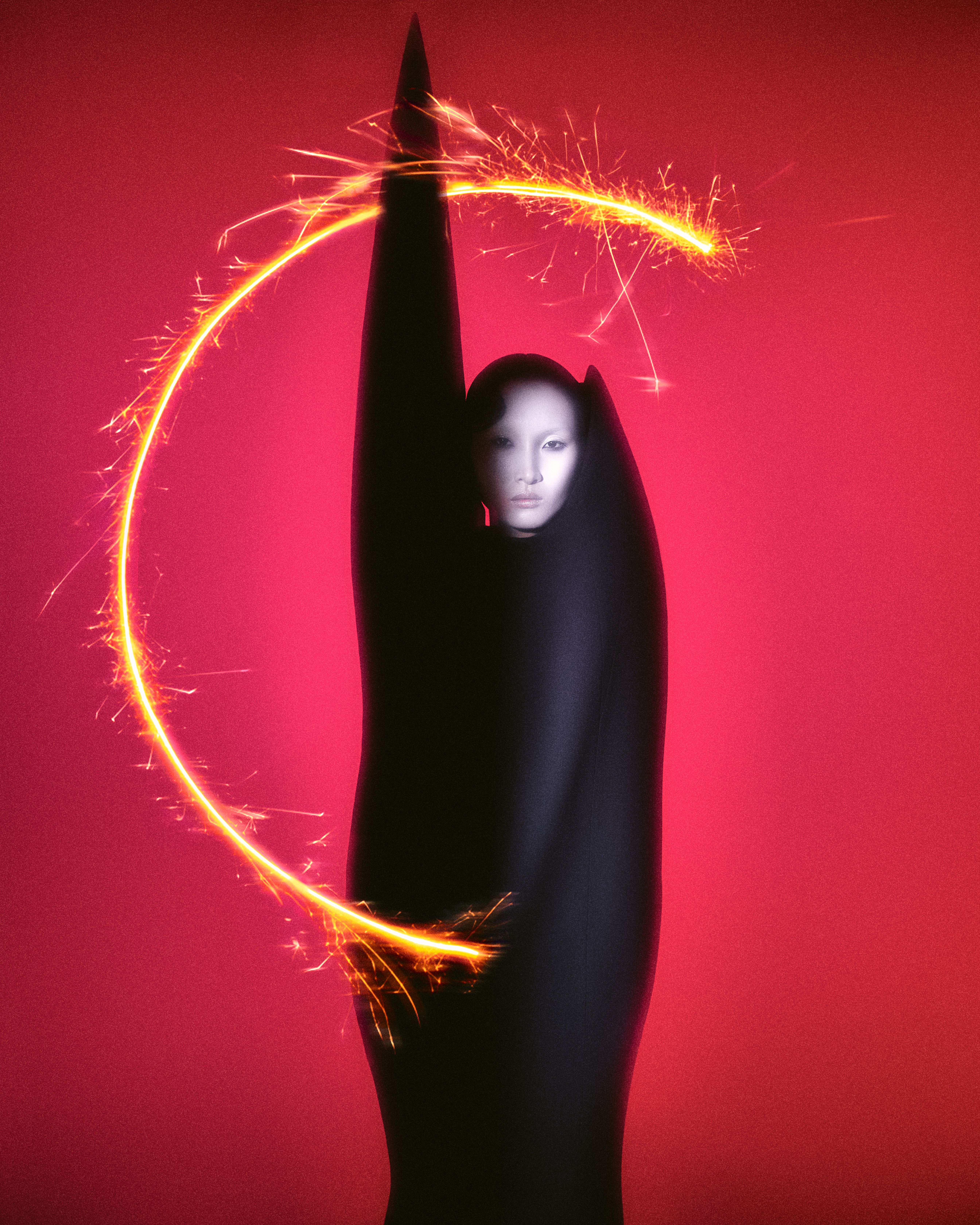
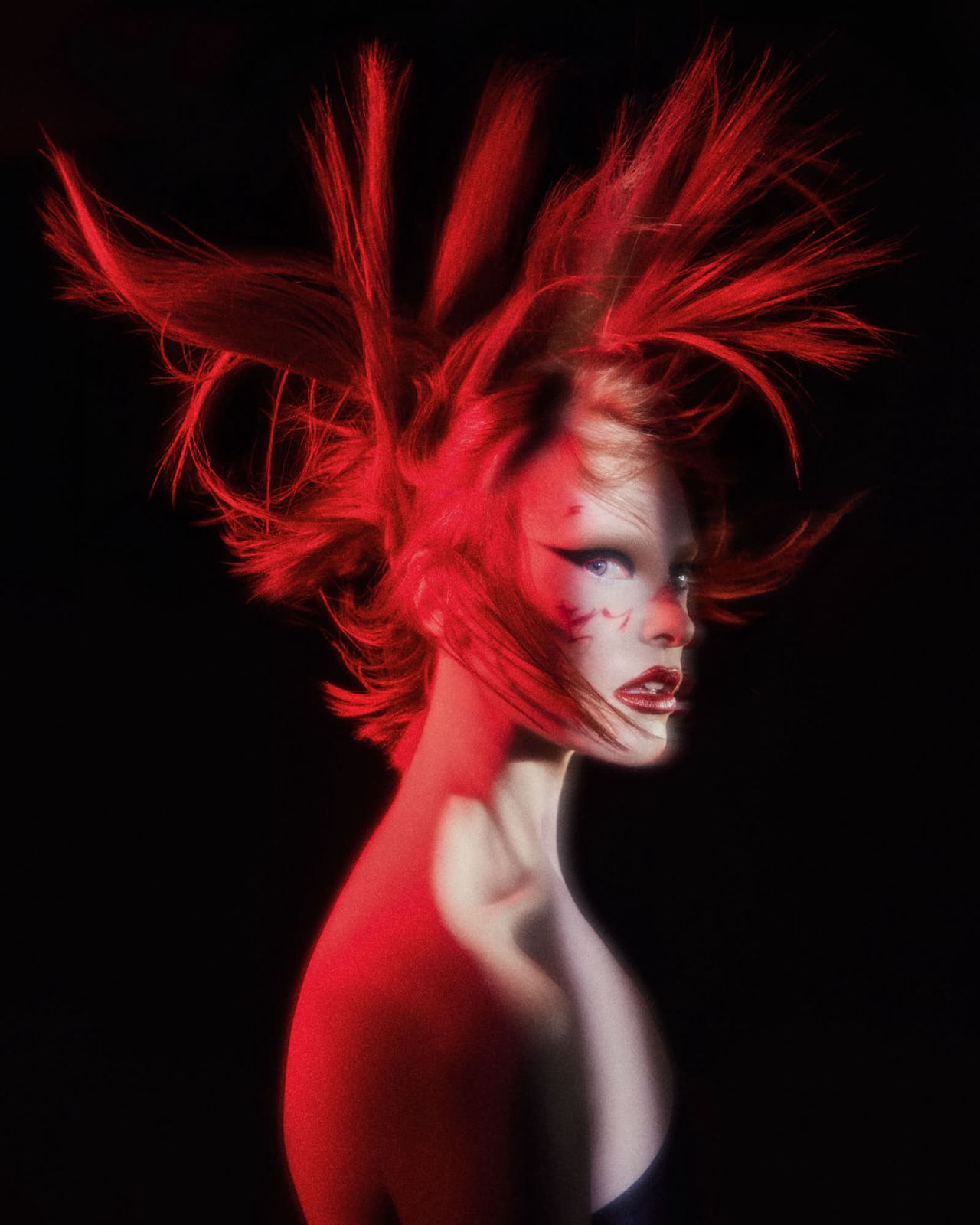
Technology and artificial intelligence tools are becoming integral to modern photography. In what ways, if any, do you incorporate these advanced tools into your work? Additionally, how do you envision the future of photography evolving with the increasing influence of AI?
I love it with all my heart! I use AI for retouching, which significantly speeds up my work, and I can add 3D elements to enhance the images. We shouldn’t be afraid of AI; it will never replace artists. People need people, and that’s the only rule. We should incorporate all the modern tools we have to become better versions of ourselves. In the future, photography will remain the same at its core but will become easier and faster with AI, making it more efficient to add 3D environments and other enhancements.
As you reflect on your artistic journey so far, what do you hope your lasting influence in the art world will be?
It is hard to say. However, my dream is to help young artists understand that studio photography is much easier than it seems. Many beginners assist me, and I see how frightened they are by older masters who impose so many boundaries and unnecessary rules. My idea is that all these practical skills are really easy to acquire, and lighting is absolutely easy and fascinating. We just need to be brave in our experiments, especially with all the advanced technologies available to us.
